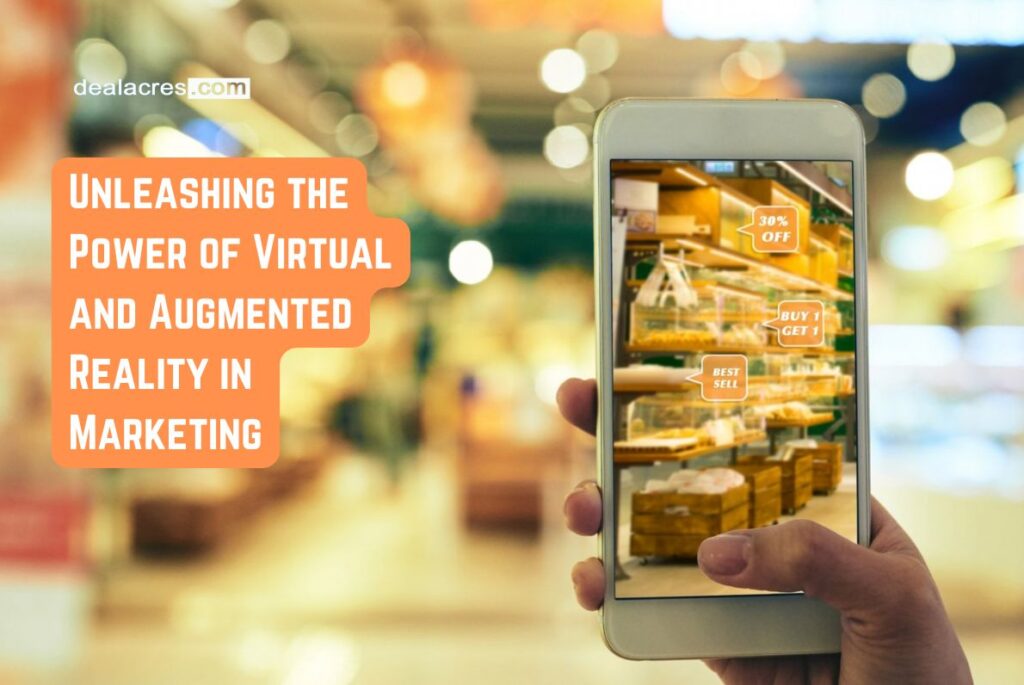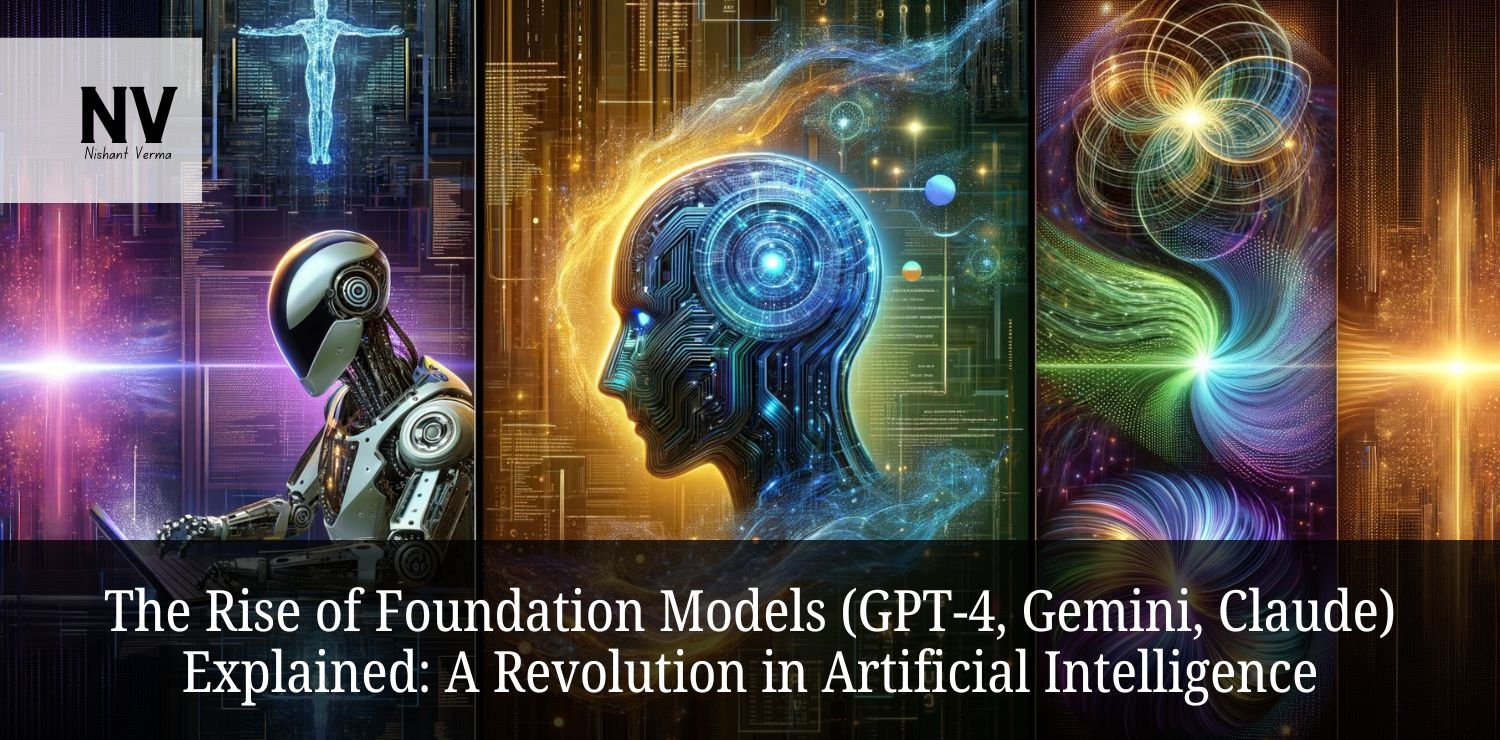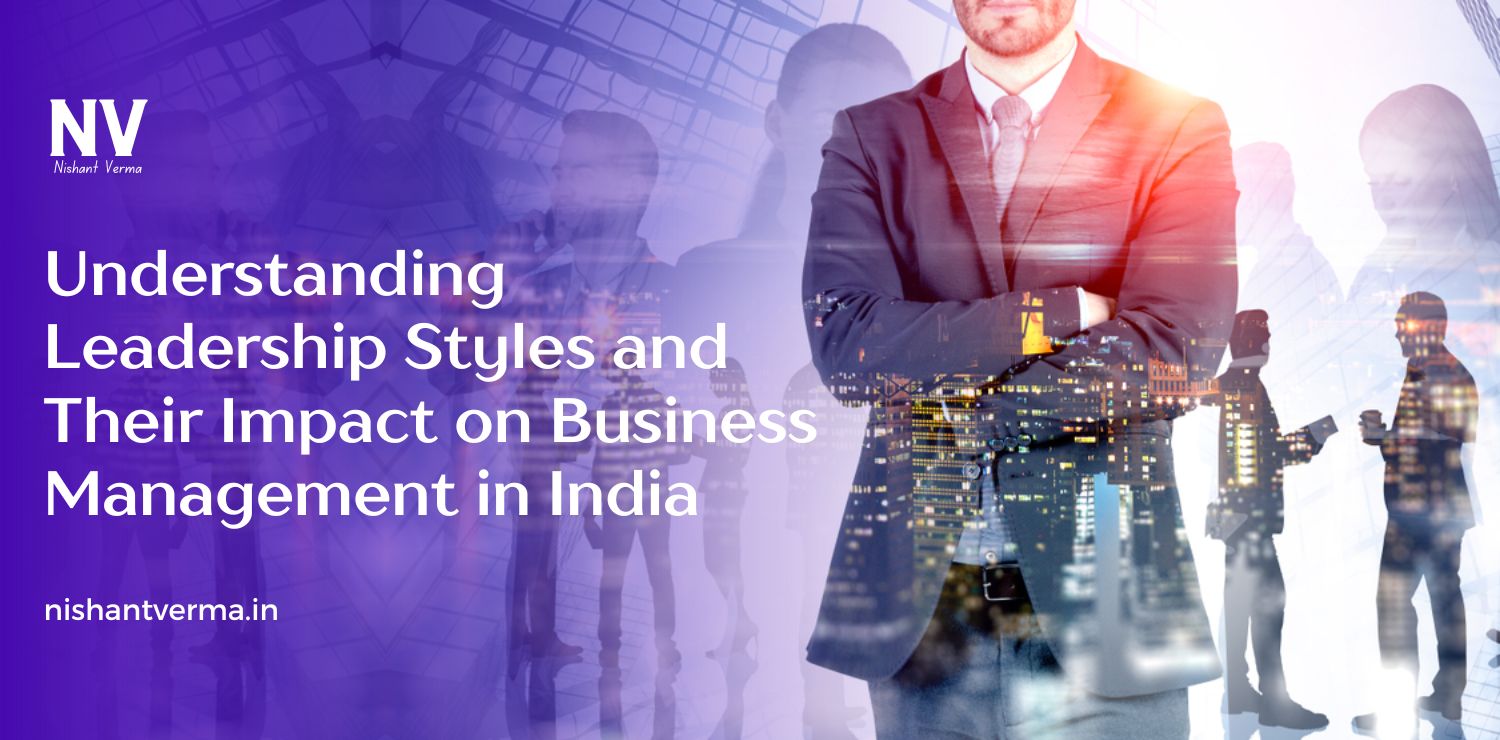Introduction:
Step into the future of marketing, where reality is not a limitation but a canvas for creativity. Virtual Reality (VR) and Augmented Reality (AR) are not just buzzwords; they are transformative technologies reshaping the way businesses connect with their audience. In this article, we’ll embark on a journey to explore the potential of VR and AR in marketing, unraveling the magic they bring to engage and captivate consumers.
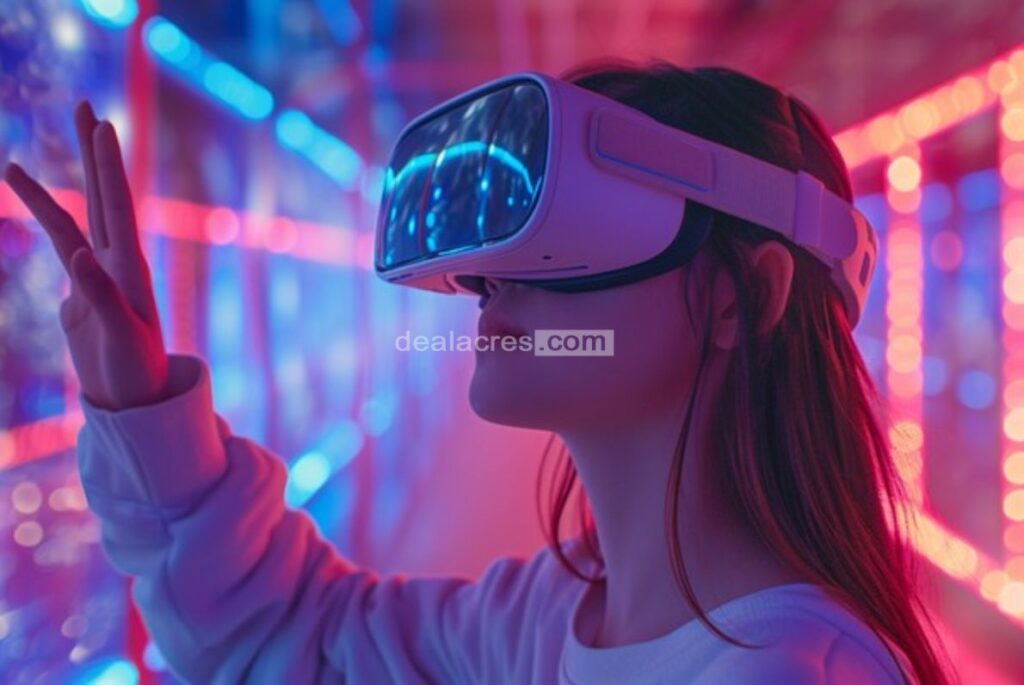
I. Virtual Reality: Beyond the Ordinary
1.1 What is Virtual Reality?
Virtual Reality is like a portal to another world. It’s an immersive experience that surrounds users and transports them to a computer-generated environment. Picture strapping on a headset and suddenly finding yourself exploring distant lands, interacting with products, or attending events without leaving your room.
1.2 How VR Works in Marketing:
For marketers, VR opens up a realm of possibilities. Imagine showcasing your products in a virtual showroom, allowing customers to experience and interact with them as if they were physically present. VR transcends the limitations of traditional marketing by providing a truly immersive and memorable experience.
II. Augmented Reality: Blending Real and Virtual
2.1 Understanding Augmented Reality:
Augmented Reality enhances the real world by overlaying digital elements onto it. Unlike VR, AR doesn’t require a complete escape from reality. Instead, it adds a layer of digital magic to the things we see and experience in our day-to-day lives.
2.2 How AR Elevates Marketing:
AR brings products to life in unexpected ways. Imagine using your smartphone to point at a poster, and suddenly a 3D video springs to life, showcasing a new product. AR blends the digital and physical, creating interactive and engaging experiences for consumers.
III. Immersive Experiences for Consumers
3.1 Virtual Showrooms and Try-Before-You-Buy:
VR allows businesses to create virtual showrooms where customers can explore and interact with products. Car dealerships, furniture stores, and even fashion brands can provide virtual try-on experiences, letting customers make informed decisions from the comfort of their homes.
3.2 Real Estate Virtual Tours:
For the real estate industry, VR can revolutionize property viewing. Prospective buyers can take virtual tours of homes, exploring each room as if they were physically present. This not only saves time but also attracts a wider audience, including those unable to attend in-person showings.
IV. Interactive Marketing with Augmented Reality
4.1 Try-On Experiences:
AR has become a game-changer for the fashion and beauty industry. Augmented Reality apps enable users to virtually try on clothes, accessories, or even makeup products before making a purchase. This interactive experience enhances the online shopping journey.
4.2 In-Store Navigation and Information:
AR isn’t confined to the online realm. In physical stores, AR can guide customers to specific products, provide additional information about them, or even offer exclusive discounts. This creates a seamless blend of the physical and digital retail experience.
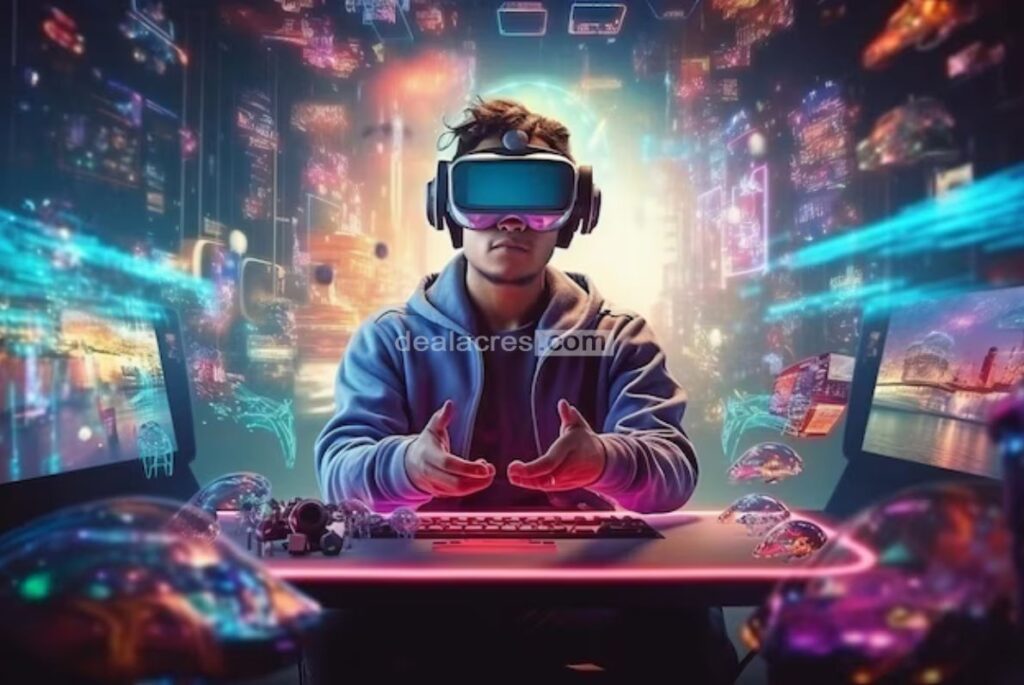
V. Virtual Events: Beyond Boundaries
5.1 Hosting Virtual Conferences and Trade Shows:
In a world that values virtual connections, VR is transforming the landscape of events. Businesses can host virtual conferences, trade shows, and product launches, bringing people together from around the globe. Attendees can interact in a virtual space, network, and experience the event in a way that transcends the limitations of traditional formats.
5.2 Gamification for Engagement:
Both VR and AR provide fertile ground for gamification. Brands can create interactive games or challenges that not only entertain users but also promote their products or services. Gamification enhances engagement and makes marketing more enjoyable for consumers.
VI. Augmented Shopping Experience
6.1 AR in E-Commerce:
AR is reshaping the online shopping experience. Customers can use their smartphones to visualize how furniture will look in their homes, try on virtual glasses, or even see how a new paint color would suit their walls. This level of interactivity makes the shopping process more confident and enjoyable.
6.2 Interactive Packaging:
AR isn’t limited to screens. Brands can leverage AR on packaging to provide additional content or experiences when customers scan the product with their smartphones. This not only adds an element of surprise but also creates a deeper connection between the consumer and the brand.
VII. Challenges and Solutions
7.1 Accessibility and Cost:
While the potential of VR and AR is vast, challenges such as the cost of development and accessibility of devices remain. However, as technology advances, costs are likely to decrease, making these immersive experiences more accessible to a broader audience.
7.2 User Experience and Quality:
The success of VR and AR in marketing hinges on the quality of the user experience. Marketers must prioritize creating seamless, intuitive, and enjoyable experiences to ensure widespread adoption. Striking the right balance between technology and user interface design is critical.
VIII. Case Studies: Real-World Success Stories
8.1 IKEA’s AR Furniture App:
IKEA’s AR app allows users to virtually place furniture in their homes before purchasing. This not only reduces the uncertainty of online shopping but also adds an element of fun and interactivity to the buying process.
8.2 Pokémon GO’s AR Sensation:
Pokémon GO, a mobile game that combines AR and location-based technology, became a global phenomenon. The game encouraged users to explore their surroundings in search of virtual Pokémon, demonstrating the potential of AR to drive user engagement and physical interaction.
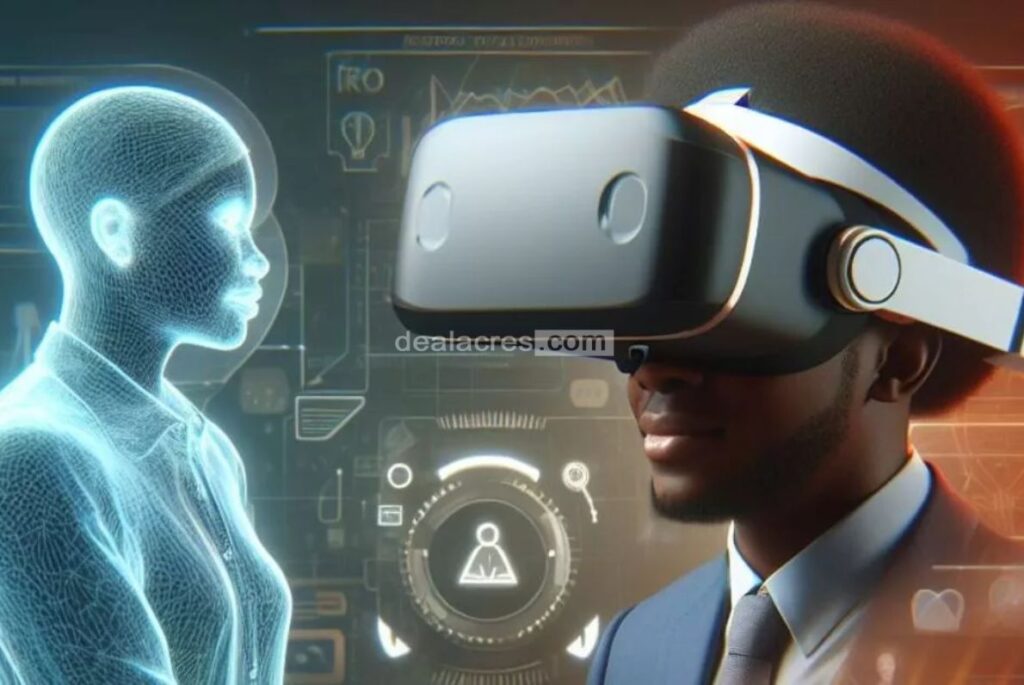
IX. The Future of VR and AR in Marketing
9.1 Evolving Technologies:
As VR and AR technologies continue to advance, the possibilities for marketing will expand exponentially. From more sophisticated virtual experiences to enhanced AR applications, the future holds exciting prospects for marketers willing to embrace these cutting-edge tools.
9.2 Integration with Other Technologies:
The synergy of VR and AR with other emerging technologies like artificial intelligence (AI) and the Internet of Things (IoT) is expected to open new dimensions in marketing. Smart, interconnected experiences could revolutionize how brands communicate and connect with consumers.
Conclusion:
Virtual and Augmented Reality are not just for gamers or tech enthusiasts; they are transforming the marketing landscape. As technology becomes more accessible, marketers have an unprecedented opportunity to create immersive, engaging experiences that captivate audiences and build lasting connections. Whether it’s through virtual events, augmented shopping experiences, or gamified campaigns, the magic of VR and AR is here to stay, and those who embrace it stand to redefine the future of marketing. The future is virtual, and it’s time to step into a new era of marketing possibilities.

